- Home
- Smart Thermostats
Smart Home Thermostats, An Essential DIY Key In Your Energy Saving Arsenal
Think about this common scenario: you rush out the door for a week-long family vacation and halfway to the airport, you realize you left the A/C set to 72 degrees.

In the old days, that was a week of wasted money. Now, you can just pull out your phone, open the app, and set your system to an efficient vacation mode with a smart home thermostat!
Like a lot of us, I get that little knot in my stomach when the utility bill shows up in my email. It feels like one of those costs you just can’t control, like it’s a fixed price for keeping your family comfortable. For years, I just accepted it as a fact of life. You work hard all day, you come home, you want the house to be warm or cool, and you pay the price. But I started getting curious, wondering if there was a way to get smarter about it, a way to take back some of that control.

It turns out, there is. The answer for me, and for millions of other homeowners, was found in a small, sleek device that replaces that old beige box on the wall. I’m talking about the **Smart Home Thermostat**. It’s more than just a cool gadget; it’s the key to taking ownership of your home’s heating and cooling, which is often the single biggest chunk of your energy bill. It's about turning a passive expense into an actively managed resource.
This isn't about making huge sacrifices or sitting in a chilly house to save a few bucks. It's the opposite. It’s about maintaining perfect comfort when you’re home and eliminating the massive energy waste that happens when you’re not. This one simple upgrade can be a complete game-changer, giving you a real sense of hope and control over your finances and your home's environmental impact.
How Is A Smart Home Thermostat So Smart?
So, what exactly makes a thermostat "smart"? At its core, a smart thermostat is a climate control device that connects to your home's Wi-Fi network. This connection is the secret sauce. It transforms the thermostat from a simple on/off switch with a timer into a dynamic, learning brain for your HVAC (Heating, Ventilation, and Air Conditioning) system.
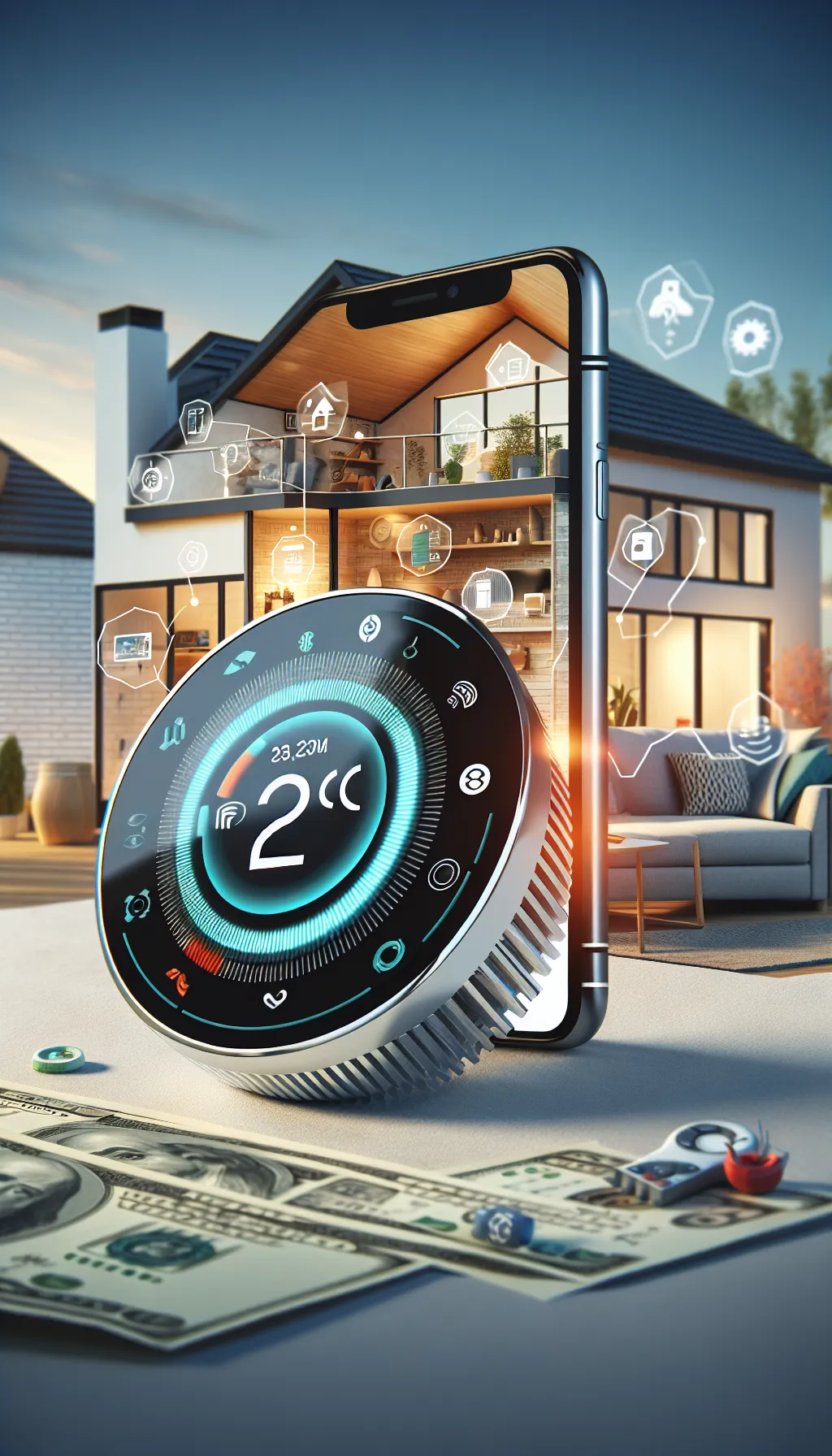
Unlike older programmable thermostats where you had to manually punch in a rigid schedule for weekdays and weekends, a smart thermostat learns from your actual life. It adapts to you, not the other way around. This connectivity is what allows it to communicate with you and the world around it, making decisions that are far more intelligent than any simple timer could ever be.
The most immediate and powerful feature this Wi-Fi connection unlocks is remote control. Through a simple app on your smartphone, you gain the ability to monitor and adjust your home's temperature from literally anywhere in the world. Stuck in traffic? You can delay the A/C from kicking on. Heading home early? You can tell the heat to start warming up the house so it’s cozy the moment you walk in the door.
The Magic Of Smart Thermostats
But the real magic happens behind the scenes. Many smart thermostats have sophisticated algorithms that learn your family’s patterns and routines. After a week or so, it starts to understand when you typically leave for work, when the kids get home from school, and when everyone goes to bed. It then builds a custom, hyper-efficient schedule based on your real-life habits.
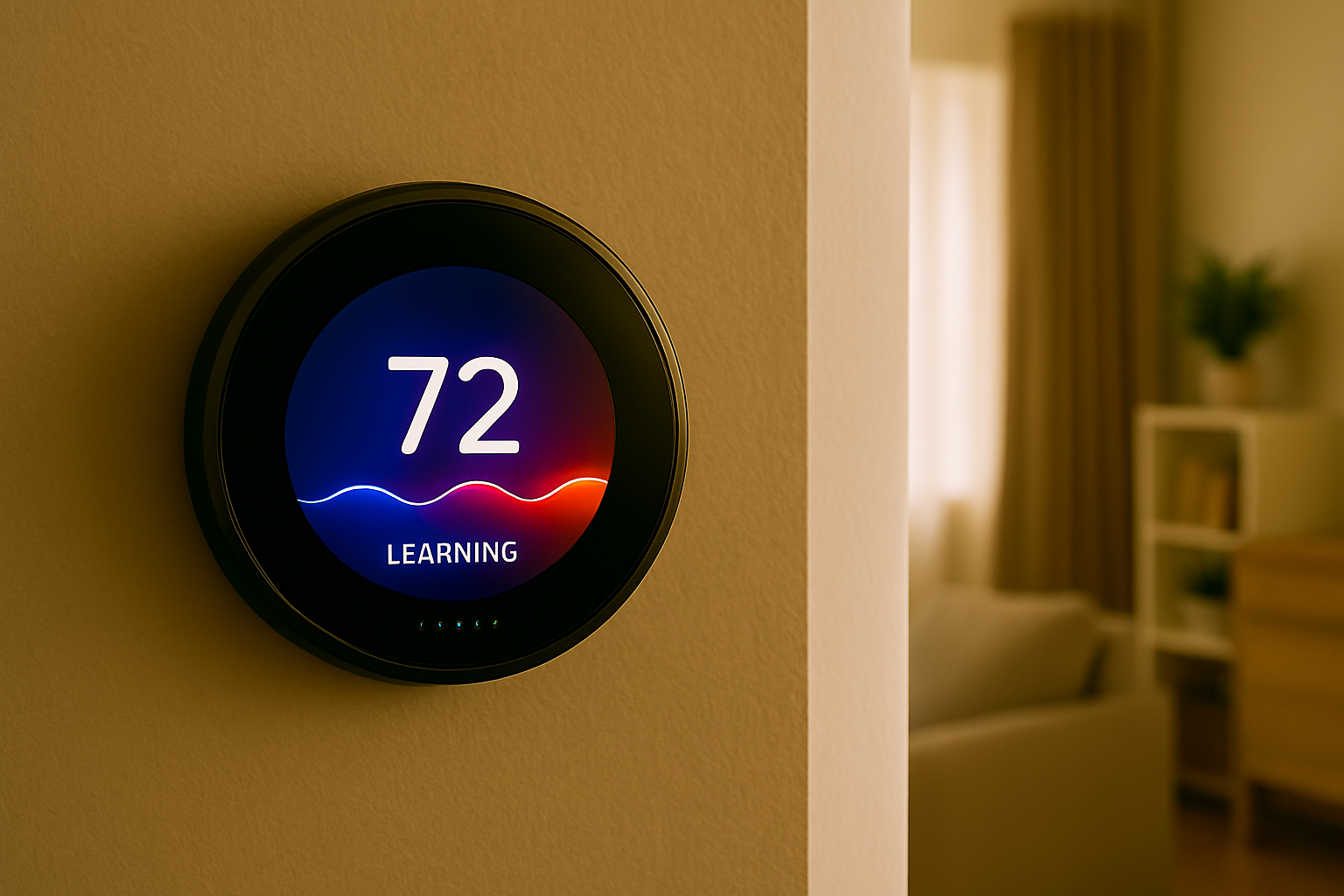
Geofencing and Remote Sensing
Some models take this a step further with a feature called "geofencing." This uses your smartphone's location to know when you've left the house and when you're on your way back. It automatically switches to an energy-saving "Away" mode when the last person leaves and begins returning to your preferred comfort setting when it detects you're getting close to home. You don't have to do a thing; it just happens.

Advanced systems can even incorporate remote sensors. You can place these small sensors in different rooms, like the baby's nursery or the upstairs master bedroom. The thermostat can then read the temperature in those specific, occupied spaces and heat or cool to make that room comfortable, rather than just relying on the temperature in the hallway where the main unit is. This eliminates hot and cold spots and stops you from wasting energy on empty rooms.
Knowledge Is Power
Knowledge is power, and a **Smart Home Thermostat** gives you a ton of it. Through the app, you get detailed energy reports. You can see exactly how many hours your HVAC system ran each day, what caused it to turn on, and how your temperature adjustments affected your overall usage. This feedback loop is incredibly inspiring, as you can see the direct results of your efforts to conserve.
All of this intelligence translates directly into what we’re all looking for: saving money. By simply not heating or cooling an empty house for eight to ten hours a day, the savings add up incredibly fast. Energy companies estimate that homeowners can save anywhere from 10% to 23% on their heating and cooling costs, which for most of us, is a significant amount of money over the course of a year.
The savings can even extend to the health of your HVAC system itself. A smart thermostat runs your system more efficiently, avoiding the constant starting and stopping that can cause wear and tear. By running for longer, more efficient cycles and running less often overall, you can potentially extend the life of your expensive furnace and air conditioner, saving you from a costly emergency replacement down the road.
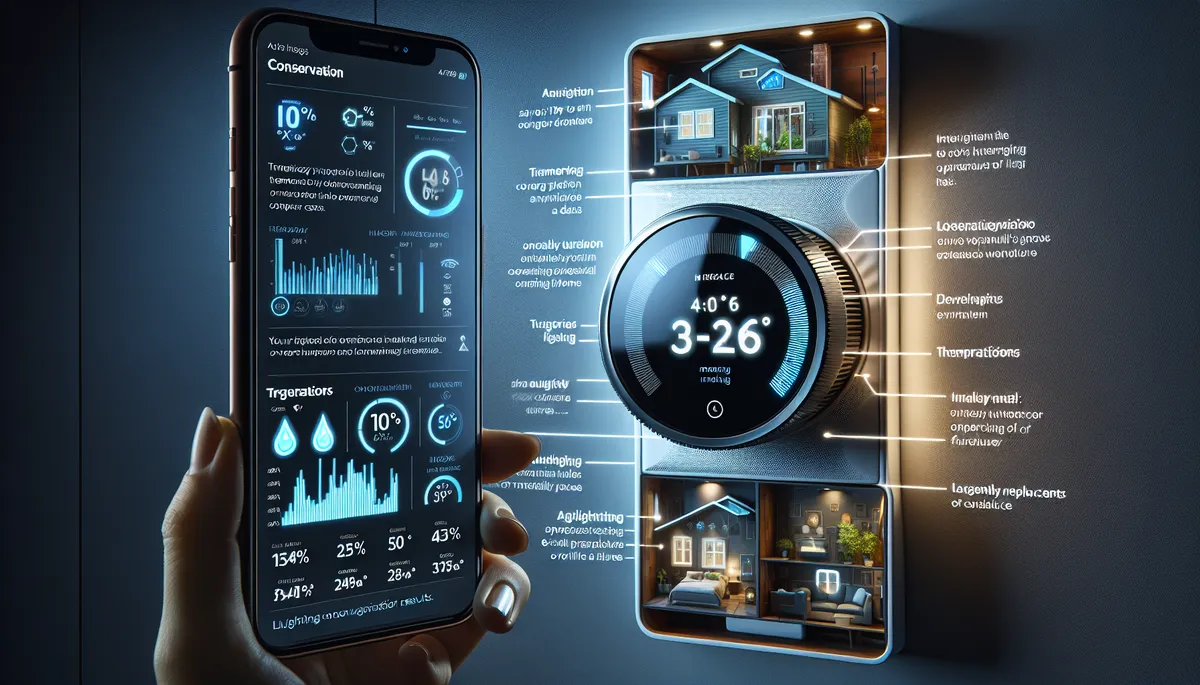
The Green Energy Minded Approach
Beyond your bank account, using a **Smart Home Thermostat** is one of the easiest and most impactful things you can do to make your home more eco-friendly. The energy used to heat and cool our homes is a major source of greenhouse gas emissions. When you cut your energy consumption, you are directly reducing your household's carbon footprint.
It’s a hopeful thought that your small action contributes to a much larger solution. Imagine the collective impact if millions of households reduced their HVAC energy usage by 15%. It would be like taking a massive number of cars off the road. You become part of a community of people actively working to conserve our planet's resources for future generations.
There’s a real sense of satisfaction that comes from this. It’s not just about the numbers on a bill or a report; it’s about knowing you’re making a conscious choice to live more sustainably. You’re using technology to be a better steward of the environment, and that feels genuinely good.
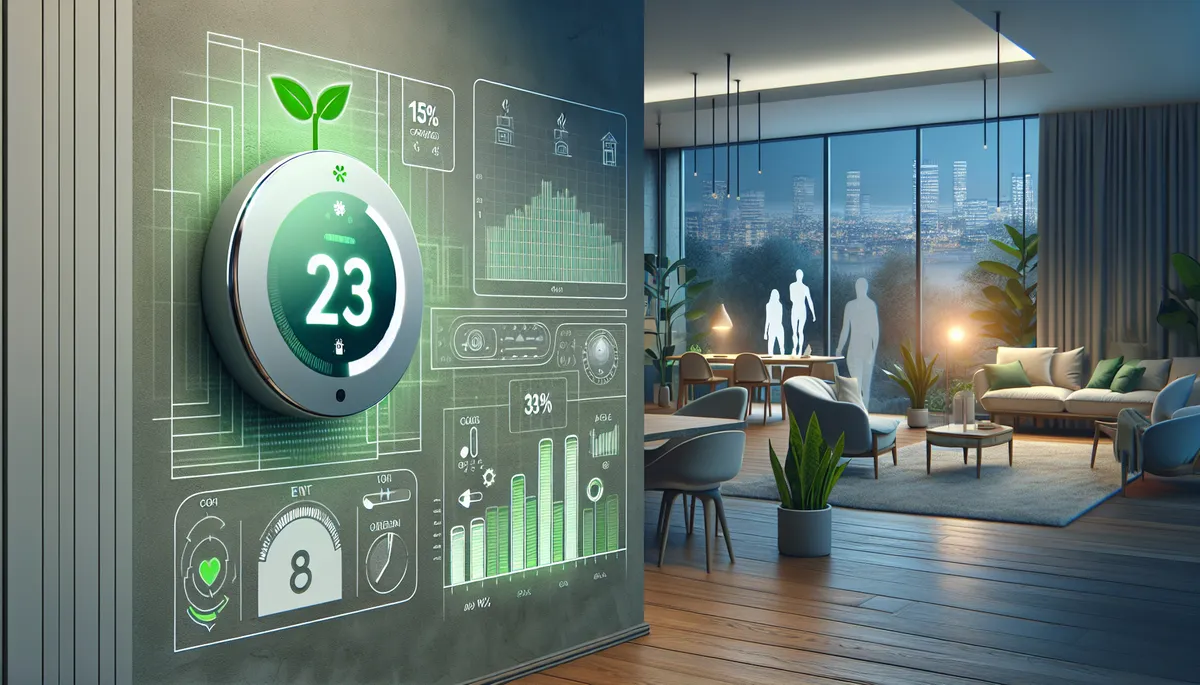
DIY and Brands
Getting started is less intimidating than you might think. If you’re comfortable with basic wiring and following instructions, installing a smart thermostat is a very manageable DIY project that can often be done in under an hour. Of course, if you’re not comfortable, any HVAC technician can get it done for you quickly.
Ultimately, installing a smart thermostat is a declaration. It’s you saying, "I am taking ownership of my energy usage, my utility bills, and my environmental impact." It’s a small, affordable change that delivers a powerful sense of control and hope. It’s an investment in a smarter, more efficient, and more comfortable home, and it’s one of the best first steps you can take on the journey to being a truly clever homeowner.
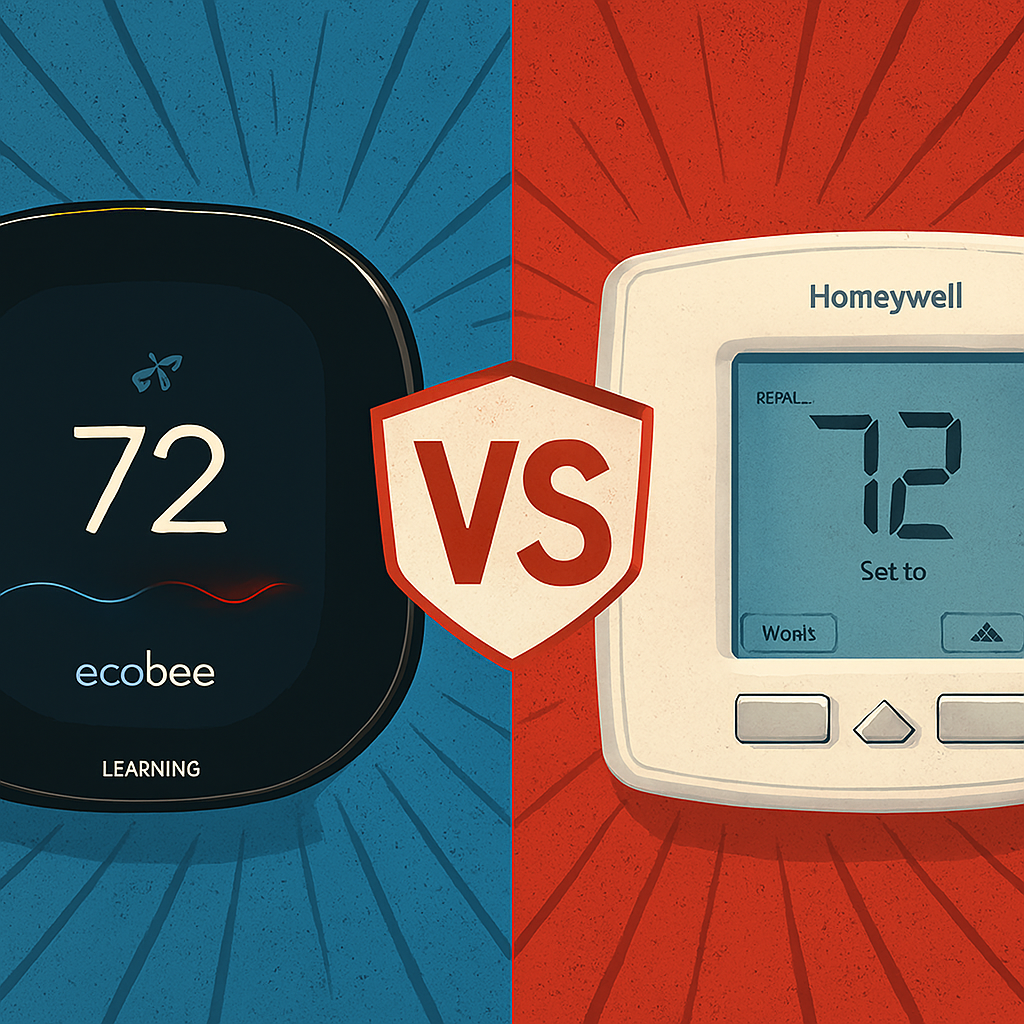
When you start looking, you’ll see a few popular brands that are well-regarded in the industry. You’ll find great options from companies like Google Nest, the popular **ecobee**, and the trusted honeywell home thermostat line, which has been a staple in homes for decades. Each offers a slightly different take on the same core mission: saving you money and energy. Another unique option is the Ring home thermostat. Ring specializes in smart home security and has now completed fully interconnected home with the launch into energy savings as well as security and safety.
A smart thermostat can also be the first step or the central hub of a larger smart home. Many models integrate seamlessly with voice assistants like Amazon Alexa and Google Assistant. Being able to simply say, "Hey Google, turn the heat up two degrees," is a convenience that you quickly get used to and appreciate.
Quick Tip
Before you even buy one, check with your local utility provider. Many electric and gas companies offer instant rebates or bill credits for installing a certified energy-saving device like a smart thermostat. This is free money they are willing to give you because when you use less energy, it reduces the overall strain on their power grid. It’s a win-win.